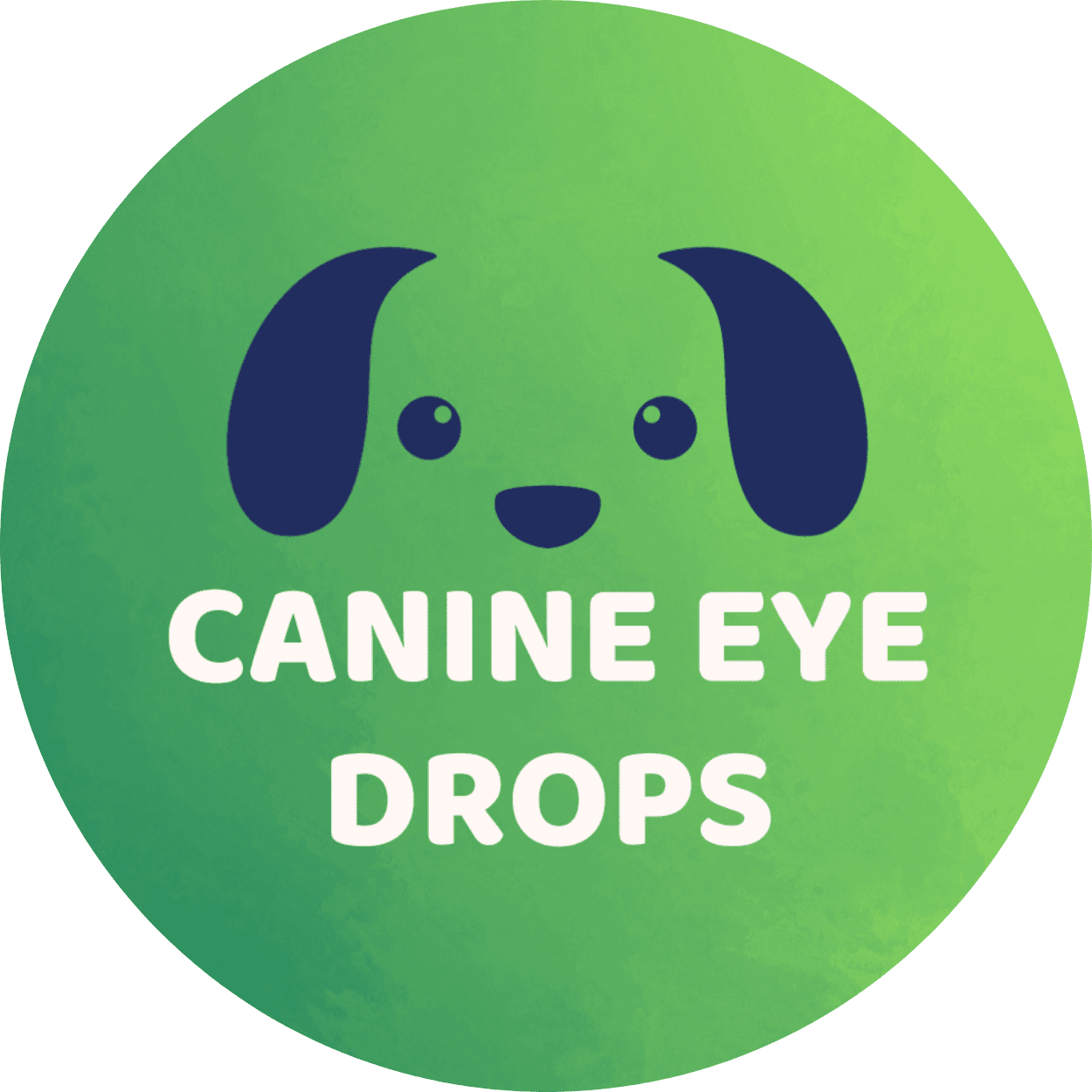The FDA
The FDA is the more familiar name for the Food and Drug Administration, which is a federal agency of the United States Department of Health and Human Services and was established in 1906 by Theodore Roosevelt. As the name implies, its an institution with very laudable goals – to safeguard the nations health. The UK has a similar body called the MHRA, the Medicines & Healthcare products Regulatory Agency, whilst in Europe they have the EMA, the European Medicines Agency. In some instances these agencies also get involved in veterinary medications too.
Over time, these laudable goals, combined with fierce market competition have led to the creation of an unpalatable scenario that is anything but good for health – on average it takes around 11 years to get new drugs approved as safe. The total cost of development and approval, through three mandatory trials, is estimated by many experts (ranging from the John Hopkins Bloomberg School of Health, The London School of Medicine and Deloitte’s) to amount on average to around $1,300,000,000with big pharma spending an extra $1 billion per drug. Contrast this with around a $50,000 cost to get initial approval for a new kind of medical device, something is broken in the system.
Little wonder then that smaller healthcare companies are choosing to avoid these approval process, if indeed they could even afford them in the first place. They would prefer to forego the opportunity to call their drugs, drugs, and be unable to make direct claims about how effective or safe formulations might appear to be and leave the matter in the hands of the public to decide for themselves both in terms of efficacy and risk to health. This has the advantage of enabling newer products to reach those in need fast, at least a decade earlier than might otherwise be the case, and also enables product prices to be so much cheaper.
The latest FDA approved drugs have a median cost per patient of over $190,000, a hundred fold increase in under 15 years. Even allowing for the fact that over 90% of new drugs are rejected for approval, this kind of price inflation is hardly conducive to good health if nobody can afford it, insured or not. So next time you see a unapproved product for sale for “just $190” it’s worth reflecting that this may in fact represent good value? Considering the additional risk you may be incurring is certainly worthwhile but so is consideration of what you might be saving in time and money?
Most of the products we talk about on our site will NOT be approved by the FDA or other regulatory bodies mentioned, that does not necessarily mean they are either ineffective or unsafe, many will have undertaken small clinical trials or been used traditionally for years – it does mean they haven’t been tested to the recommended standards over, say, a decade or more for approval by regulators as new drugs so they can’t claim to be drugs and they can’t claim to work – plainly this is a difficult line to tread when trying to explain a products purpose and users are saying it does!
To be clear, we will only talk on this site about products where we are aware of positive customer outcomes / real reviews and where / if negative information comes to light, we will publish that too - enabling consumers to make a better informed choice themselves. And if we become aware of a significant proportion of negative information, we will remove the product from the site at around a similar threshold to the 90% in the FDA rejection process.
